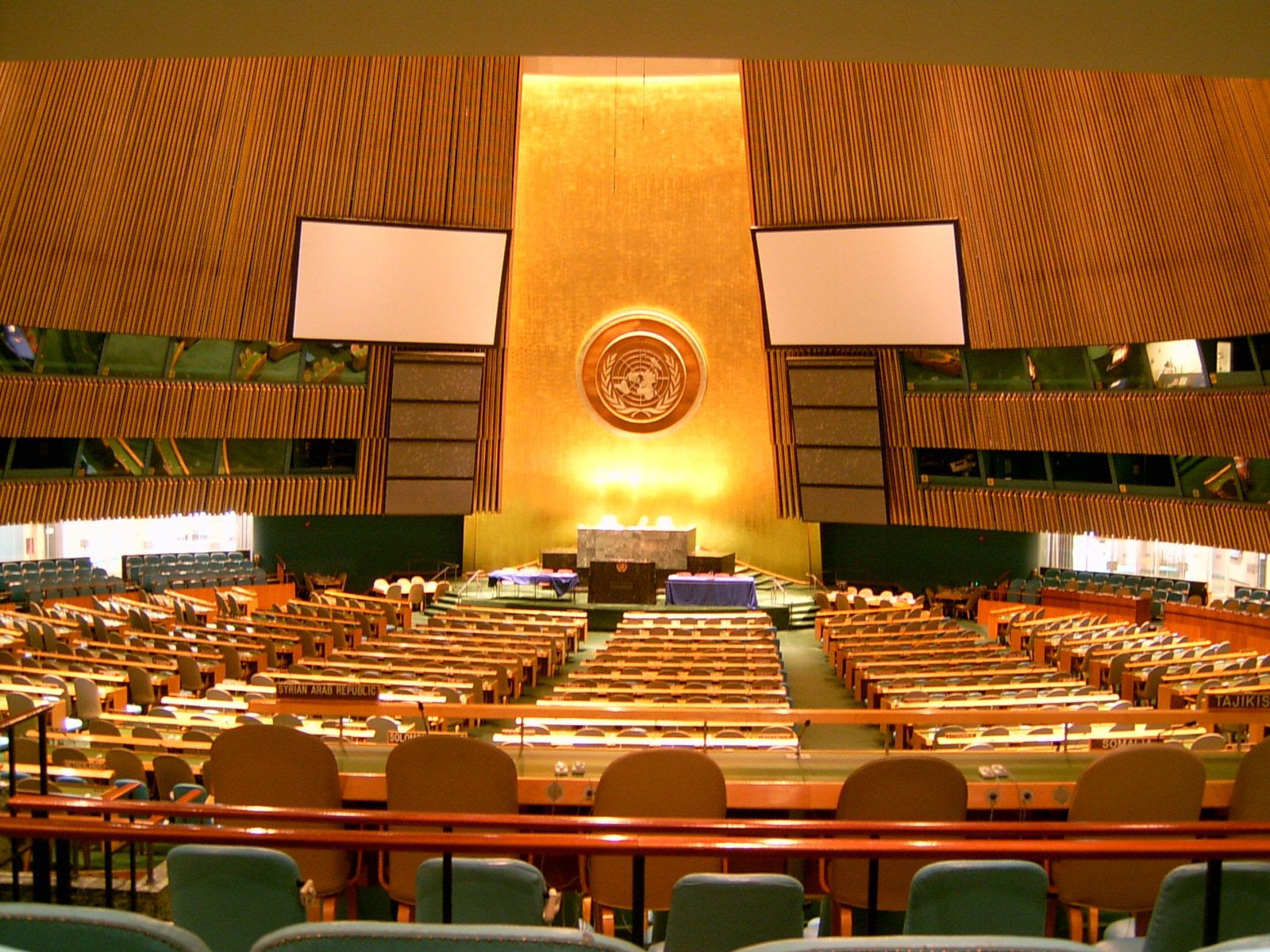A special edition of the journal Disasters (2018, 42(1)) on ‘Gender, sexuality and violence in humanitarian crises,’ includes essays by several authors with WPF connections: edited by Holly Porter, who we brought to Fletcher last semester, it includes contributions by Roxanne Krystalli and Allyson Hawkins, both former WPF Research Assistants, and Rebecca Tapscott, who worked as Teaching Assistant with Bridget Conley and whose PhD was directed by Alex de Waal.
As part of a fellowship with the WPF, Dyan Mazurana contributed to “Women survivors and their children born of wartime sexual violence in northern Uganda,” by Teddy Atim, with Mazurana and Anastasia Marshak. Below is an excerpt from their Introduction.
We highly recommend the entire journal issue, which is available to anyone through open access.
The focus on women survivors of wartime sexual violence has resulted in increased attention being paid to its long-term impact on their social acceptance in postconflict environments. Coulter (2009) and Denov and Ricard-Guay (2013) are critical of the fact that discussions about these women have centred primarily on their marginality and vulnerability, overlooking their agency at times. Girls and women survivors of wartime sexual violence often are treated as a homogenous group; however, studies show that those who return from conflict with children born of war-related sexual violence experience more and different challenges than those who do not (McKay and Mazurana, 2004; Annan et al., 2008; Coulter, 2009).
This paper situates itself within an emerging subfield of sexual and gender based violence in conflict that theorises and documents the experiences of girls and women who bear children owing to sexual violence by parties to an armed conflict (Porter, 2013, 2017; Theidon, 2015). It records and assesses how they respond to and shape their social relations with their family and community in the post-conflict period in the context of northern Uganda. In particular, it investigates how stigma associated with them manifests and to what effect, and the ways in which they can overcome it.
Wartime sexual violence includes forced marriage, forced pregnancy and child bearing, rape, and sexual enslavement by warring parties, in this case the armed forces of the Government of Uganda (GoU) and the rebel Lord’s Resistance Army (LRA).1 This paper adds to the development of existing theory on and knowledge of female survivors and their children born of wartime sexual violence by applying Porter’s (2017) concept of social harmony, yielding a more nuanced understanding of family and community treatment of them in post-conflict northern Uganda. Social harmony refers to widely shared and highly valued ideals that denote ‘good’ and ‘normal’ relations among the living and between the living and the dead and seeks to attain moral order, social balance, and spiritual stability. These ideals are norms and underpin what are considered to be ‘appropriate’ and ‘respectable’ ways of life for members of a society. They are not always just, particularly where they are based on patriarchal structures that subordinate women and girls and privilege broader social considerations over individual rights and lives (Porter, 2017, pp. 3–4).
Utilising the first systematic large-scale representative study of serious crimes, the paper adds unique empirical evidence to the study of women and their children born of wartime sexual violence, comparing them to other women survivors who did not have children as a result of such violations. Furthermore, it contributes a solid description of the oft-cited stigma associated with these women and their children and their efforts to mitigate it, particularly through economic empowerment.The research was conducted, as noted, in northern Uganda, where some two decades of violence and armed conflict (1986–2006) greatly affected the populations of the Acholi and Lango sub-regions of the country. Many acts have taken a huge toll, including: the abduction and forced recruitment of adults and children; the deaths and disappearances of family members; the destruction of families; the erosion of trust within communities and between citizens and the state; forced pregnancy and childbearing within the LRA; massive asset stripping; the targeting and destruction of schools, health centres, trading posts, and other forms of infrastructure; systematic rape; and war-related physical injury and emotional distress (Office of the United Nations High Commissioner for Human Rights, 2007; United Nations Human Rights Office of the High Commissioner and Uganda Human Rights Commission, 2011).


